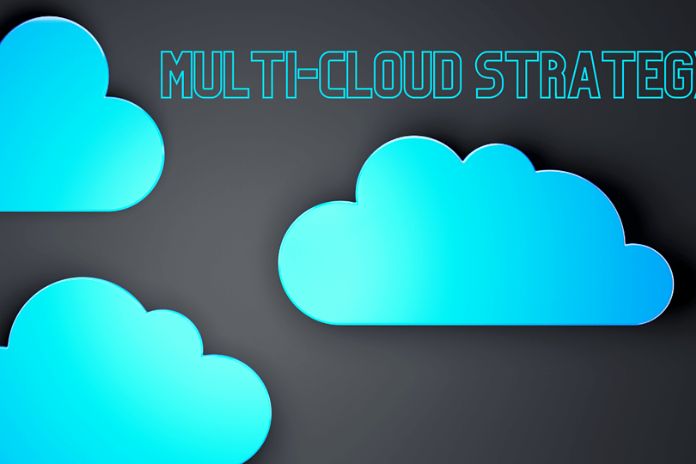The multi-cloud strategy is becoming more and more present in companies. Adopting different cloud providers is linked to technological and business reasons. Multi Cloud is becoming more and more present in companies. Multi Cloud is often defined as the most suitable solution for storing and calculating the many data that organizations are forced to handle to achieve their goals.
And in the consequential decisions that CIOs (Chief Information Officers) and top management have to make, they hide behind the most diverse strategies. The economic rationale for having the provider offer better prices for the same services is not the determining factor. Instead, it is noted that the choice to adopt different cloud providers is determined mainly by two reasons:
To Technological One
Is qualitative (better quality in terms of data processing speed, for example) than others; and quantitative (the need to move workloads from one cloud to another for better management of work spikes.
Another Business
As the cloud can be flexible, adaptable, and divisible. For example, business units may need to use applications provided in the cloud by a specific cloud provider and can be organized independently for this relationship. There may also be the need and the consequent strategy to use applications only from clouds located in particular geographic areas. In general, it can be said that the strategies for using the Multi-Cloud can be grouped into the following macro-areas:
Reduction Of Complexity
Managing multiple cloud services alongside those offered by the internal data center can lead to greater complexity. On the other hand, multi-cloud management platforms can significantly reduce this complexity through management dashboards that make it possible to facilitate the activities of moving workloads and provisioning regardless of the infrastructures and services used.
Self-Service Capability
This type of strategy allows customers to quickly enable the services they need by creating an ideal interface between the users of a service and the underlying technologies. In the logic of self-service, users have a catalog of the IT services they may need by activating the necessary assistance without worrying about the underlying technical complexities.
Monitoring And Measurements
Among the critical functionalities of multi-cloud platforms is the ability to keep the internal infrastructures and third-party services used under control, providing the measurements that allow verifying the contractual SLAs, but also to evaluate the consumption of the services according to the associated costs.
Consumption control will enable you to optimize the use of resources by moving workloads between different clouds and on-premise infrastructures. In the case of service providers and large organizations can integrate these capabilities with accounting systems that issue invoices for services rendered or pass costs on to corporate departments.
Multi Cloud And Security
However, multicoloring brings with it a series of challenges, and among these, the most important is undoubtedly safety. The use of multiple cloud environments adds more variables to be under control and, therefore, a certainly more appropriate approach to security, such as guaranteeing secure access to applications and data regardless of the cloud used. The tools incorporated in the applications guarantee a better safety of external interference without the worry of moving from one cloud to another.
The security services of public cloud providers vary by supplier, who typically have a variety of web services designed for access control, including identity management and security auditing tools. Finally, network security tools are needed to offer further protection. In particular, the API Security Tools protect microservices, which scale the boundaries of cloud providers or are used by multiple applications, and the network security within the VPN network.
In particular, if subnets are created (where each subnet groups various applications), it becomes possible to impose security rules, policies, and limitations on an entire “application block,” making it more agile to exercise a form of control over them. Finally, the load balancer tools, by increasing the reliability of the system architecture and facilitating the recognition and management of applications and components in a VPN, allow for a better level of security precisely because it keeps each piece independent for applications and features.
There are several commonly cited benefits to multi-cloud computing, such as avoiding vendor lockdown, finding the optimal cloud service for a particular business or technical need, increased redundancy, and the other beneficial uses mentioned above. However, there are some potential drawbacks. For example, most public cloud providers offer volume discounts, reducing prices as customers purchase more specific services. It becomes more difficult for an organization to qualify for those discounts when it doesn’t focus its business on a single cloud provider.
Also Read: Here Are The Some Examples Of Big Data

